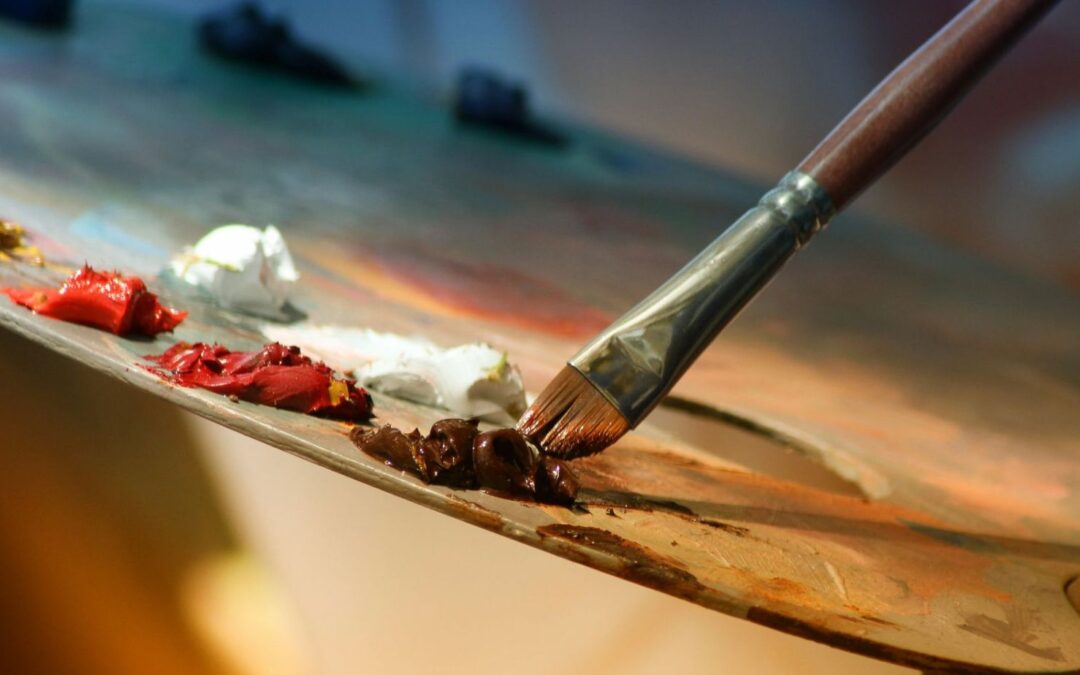Understanding the Potential of Art Monetization
In today’s creative economy, artists have more opportunities than ever to monetize their artwork. Whether you’re a painter, photographer, digital artist, or any other type of creative, turning your passion into profit requires strategic thinking and leveraging various platforms and methods. This article explores twelve practical ideas to help you monetize your art effectively.
1. Sell Original Art Pieces Online
Setting Up Your Online Store
One of the most direct ways to monetize your artwork is by selling original pieces through online platforms. Create a professional website or use established art marketplaces like Etsy, Saatchi Art, or eBay to showcase and sell your artwork. Include high-quality images, detailed descriptions, and pricing information to attract potential buyers.
2. Offer Prints and Reproductions
Creating and Marketing Art Prints
Expand your market by offering canvas, prints, or reproductions of your original artworks. Print-on-demand services like Printseekers or Society6 can handle production, shipping, and customer service, allowing you to focus on creating art. Promote your prints through social media, art fairs, and collaborations with interior designers or businesses.
3. Art Commissions
Leveraging Your Skills for Custom Artwork
Offering commissioned artwork allows you to create personalized pieces for clients. Market your commission services through your website, social media channels, and local art communities. Clearly outline your process, pricing structure, and timelines to attract potential clients looking for unique and bespoke art.
4. Teach Art Classes or Workshops
Sharing Your Expertise Through Education
Monetize your artistic skills by teaching art classes or workshops both online and offline. Platforms like Skillshare, Udemy, or local community centers provide opportunities to reach students interested in learning specific techniques or styles. Develop structured courses with engaging content to attract and retain students.
5. Art Licensing
Partnering with Brands and Licensing Agencies
License your artwork to companies for use on products such as apparel, home decor, or stationery. Research potential licensing opportunities and negotiate contracts that protect your intellectual property rights while generating passive income from royalties. Join art licensing agencies or attend trade shows to connect with potential licensees.
6. Create Art eBooks or Online Courses
Monetizing Your Knowledge and Expertise
Compile your artistic techniques, tips, and insights into eBooks or online courses. Platforms like Amazon Kindle Direct Publishing or Teachable allow you to self-publish digital products and reach a global audience.

Market your eBooks through your website, social media platforms, and relevant online communities.
7. Crowdfunding for Art Projects
Funding Your Creative Ventures
Use crowdfunding platforms such as Kickstarter or Patreon to finance your art projects and connect with patrons who support your work. Offer exclusive rewards like limited edition prints, behind-the-scenes access, or personalized artworks to incentivize backers. Engage with your supporters regularly to maintain their interest and loyalty.
8. Art Residencies and Fellowships
Applying for Artistic Opportunities
Apply for art residencies or fellowships offered by institutions, galleries, or cultural organizations. These opportunities provide funding, studio space, and networking opportunities to focus on your artistic practice. Research residency programs that align with your artistic goals and submit compelling applications showcasing your portfolio and artistic vision.
9. Collaborate with Brands or Influencers
Reaching New Audiences Through Collaboration
Partner with brands, influencers, or businesses for collaborations that showcase your artwork to new audiences. Collaborative projects can include limited edition collections, product collaborations, or commissioned artwork for promotional campaigns. Choose collaborations that align with your artistic style and values to maximize exposure and credibility.
10. Art Auctions
Participating in Auctions for Exposure and Sales
Participate in art auctions hosted by galleries, auction houses, or online platforms like Christie’s or Sotheby’s. Auctions provide a platform to showcase your art to collectors and buyers interested in investing in fine art. Research auction guidelines set competitive reserve prices and promote your participation to attract bidders.
11. Art Therapy and Healing Workshops
Using Art for Therapeutic Purposes
Offer art therapy sessions or healing workshops that use art as a tool for emotional expression and healing.

Collaborate with therapists, wellness centers, or hospitals to provide therapeutic art experiences for individuals or groups. Market your workshops to healthcare professionals and individuals seeking alternative forms of therapy.
12. Art Resale Markets
Selling Pre-owned Artworks
Explore art resale platforms like Artsy or Artfinder to sell pre-owned artworks and expand your market reach. Position your artworks based on their provenance, artist reputation, and market demand to attract collectors and buyers interested in investing in established and emerging artists. Provide detailed provenance and condition reports to assure buyers of the artwork’s authenticity and value.
Conclusion
Embracing Diverse Opportunities in Art Monetization
Monetizing your artwork requires creativity, persistence, and strategic planning. By exploring these twelve ideas—from selling original artworks to offering art therapy workshops—you can diversify your income streams and build a sustainable career as an artist. Continuously adapt to new trends and technologies in the art market to maximize your artistic impact and financial success.

